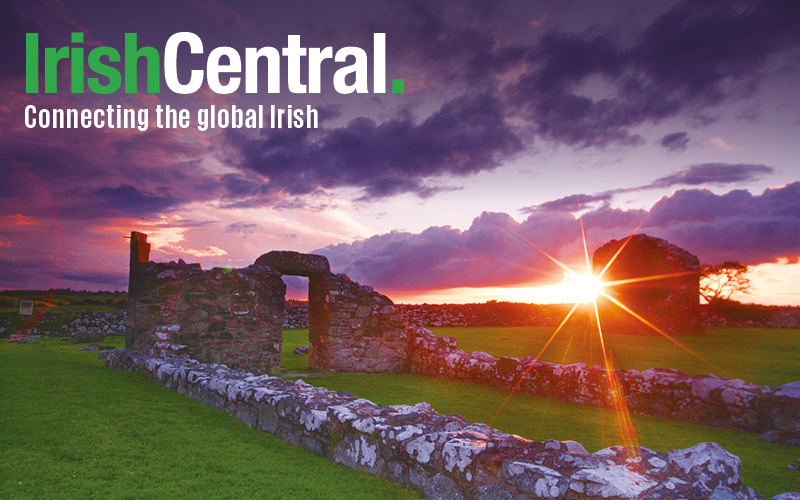“Rhythm of the Dance” hit the stage in the midst of the late-90s Irish dance phenomenon, seemingly riding the wave set in motion by “Riverdance” and “Lord of the Dance.” While other shows came and went with the tide, “Rhythm of the Dance” stayed the course, going with the flow and making a splash all its own.
Aquatic symbolism aside, “Rhythm of the Dance” has proven itself to be more than a “Riverdance” imitator. Since its inception, it has evolved to include new choreography, music and costumes.
Coincidentally, this ever-evolving dance show also honors the origins of Irish dance, highlighting a tradition dating back centuries, simultaneously nodding to the past and the future of Irish dance.
Dance captain Marty McKay, from Glasgow, who has been touring with the show three years, said the current show is almost completely different from the original production.
“We changed the dancing, costumes, set, projections – everything,” he said after the culmination of the show’s 2014 North American tour just outside of Buffalo, NY. “It’s fresh. We know we can always bring something different, so people can come back the next year and see something new.”
For me, a CLRG-trained Irish dancer, the little unexpected surprises captured my interest and imagination. I fell in love with a handful of dances: a devilish slip jig danced in hard shoes; the sean-nos vs. step dancing number that ended in a lively fusion of both styles; an a capella dance featuring the show’s male dancers that generated a robust sound that can only be described as a chorus of taps; a lively number with bits of the Charleston thrown in for color; and a creative and fun face-off between the boys and the bodhran player.
The dancers in “Rhythm of the Dance” are clearly polished professionals, some of whom have toured in larger stage productions productions. The lead dancers, in particular, commanded the audience’s attention with their mastery of Irish dance footwork and endless charm. All the dancers appeared to be enjoying their time in the limelight, exuding cheer and confidence.
The musicians and singers traveling with the show truly complete the cast, setting the tone and reminding the audience that music and dance go hand-in-hand in Irish culture. The three Irish tenors enlivened the audience, leading show-goers in song and encouraging clapping along. The live musicians created a ceili band feel, as if inviting the audience to one big party.
“There’s a big emphasis on live,” McKay said, attributing the show’s organic energy to the live music, singing and dancing – as opposed to an oppressive prerecorded tap track.
In all, “Rhythm of the Dance” is entertaining, crisp and inspiring. It is, however, quite different from more modern Irish dance shows that more blatantly blend in popular culture elements. But for those who appreciate Irish dance’s roots and its connection to Ireland, it’s perfectly enjoyable and exhilarating.
“Rhythm of the Dance” is set to take on Switzerland in early 2015. For more information about upcoming tours, visit rhythmofthedance.com.




Comments